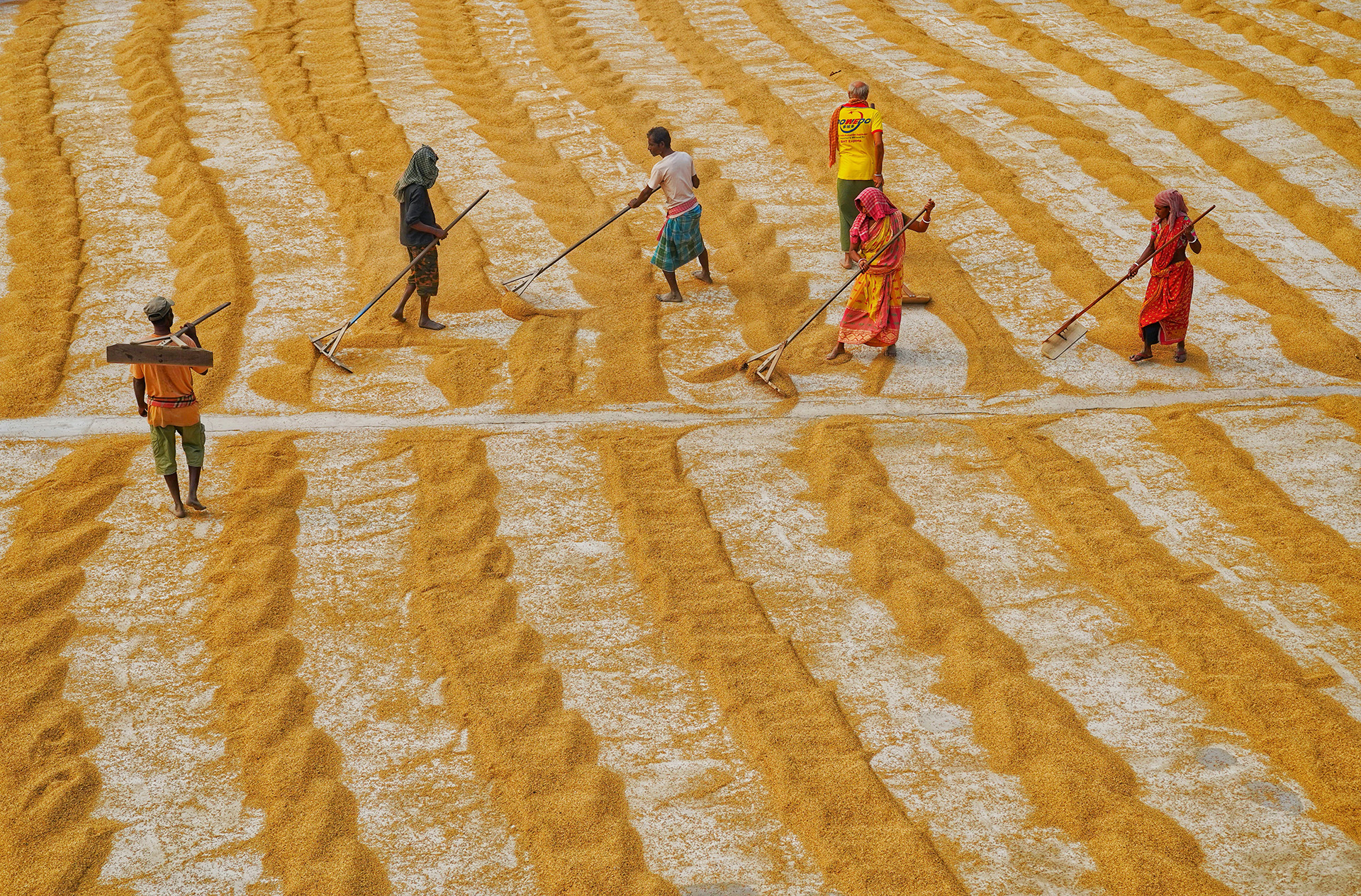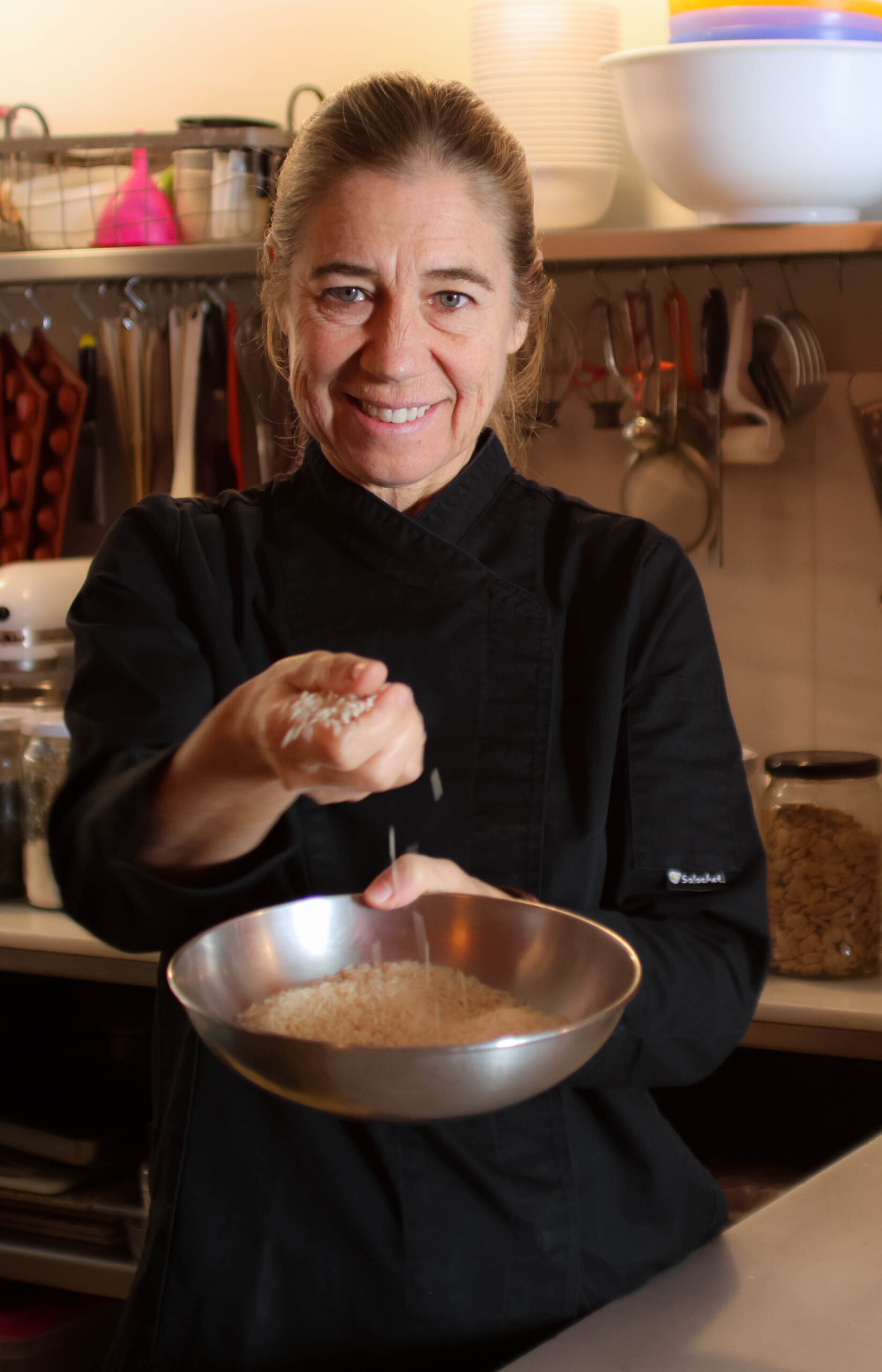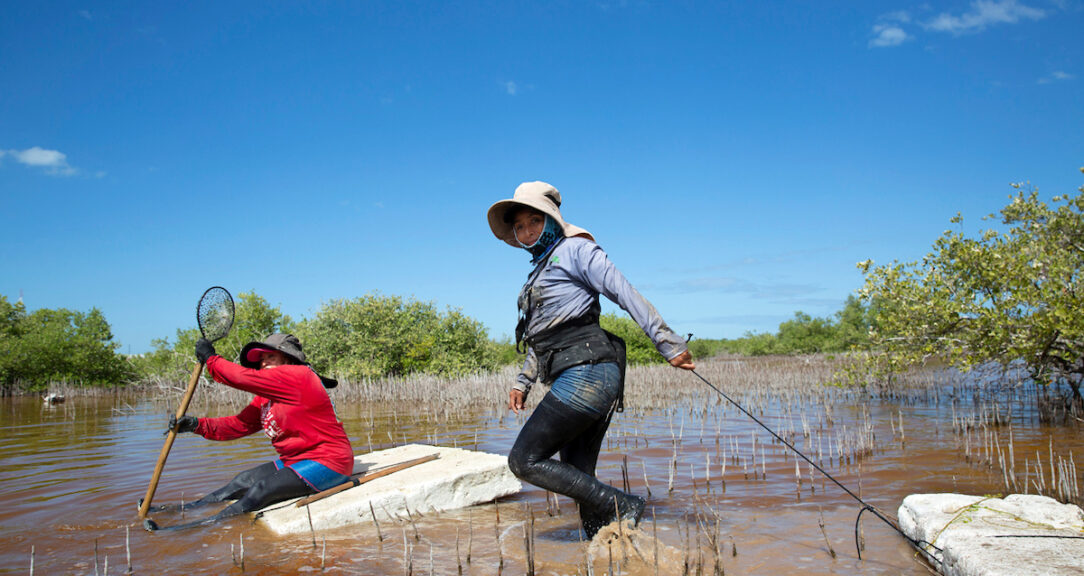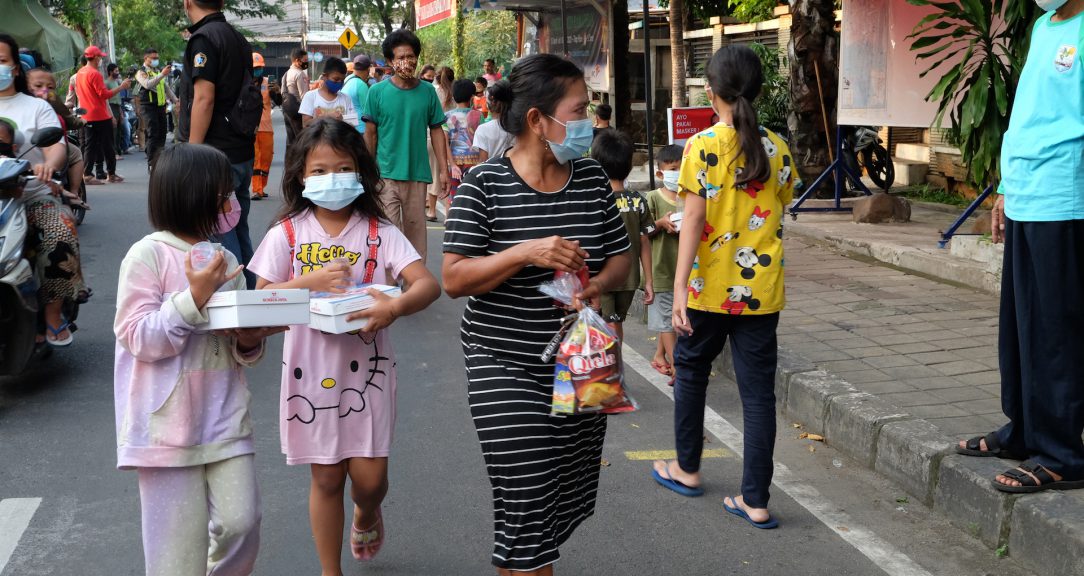When India banned exports on certain types of white rice in July, its effect was quickly felt around the world. Prices shot up almost 20%, raising “substantial food security concerns for a large swathe of the world population,” the U.N. Food and Agriculture Association warned.
India’s July 2023 ban on exporting non-basmati white rice was meant to address domestic concerns of rising food prices and high inflation and fears that El Nino’s extreme weather patterns will cause shortages this winter. But as the world’s largest exporter of rice, responsible for nearly 40% of global trade, India making that move had global repercussions.
More than half the world’s population — or 3.5 billion people — live on rice as a staple food, according to the World Economic Forum, making it the world’s largest food source. This year, production of milled rice is expected to reach a record 518 million tons, according to the U.S. Department of Agriculture, with Modor’s Intelligence predicting the global rice market to exceed $365 billion in 2023.
India is the world’s second-largest rice producer, after China. In the Middle East, Northern Africa, West Africa and throughout Asia, the rice price hikes have left many people reeling. The Philippines, the world’s second-largest rice importer after China, is also dealing with domestic food supplies threatened by extreme weather, namely typhoons.
All of these intricacies make rice an unparalleled example of the global supply chain in action, showing the interconnectedness of how we work and subsist. They also show how climate change in one region can have a devastating effect on food prices and security thousands of miles away. Ultimately, from researcher to grower to mill worker to consumer, rice touches nearly everyone on earth.
Here, meet some of the people behind the global trade in rice — a tiny grain but a nutritional and economic behemoth. (Data in this story is drawn from the World Bank DataBank and OECD FAO 2021.)
Vietnam
POPULATION
98 million
ANNUAL RICE PRODUCTION
28.5 million tons
ANNUAL RICE CONSUMPTION
147.6 kg per person
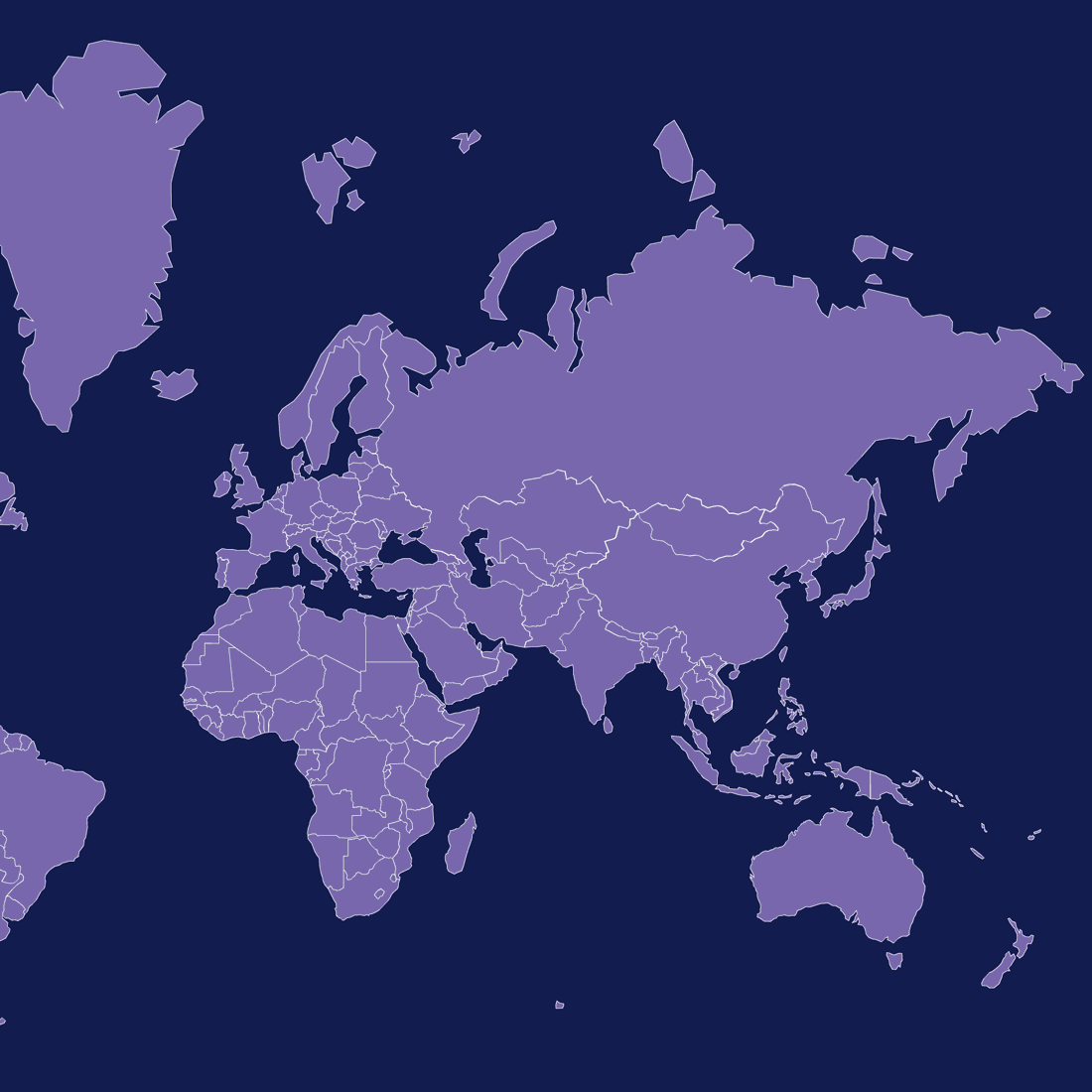
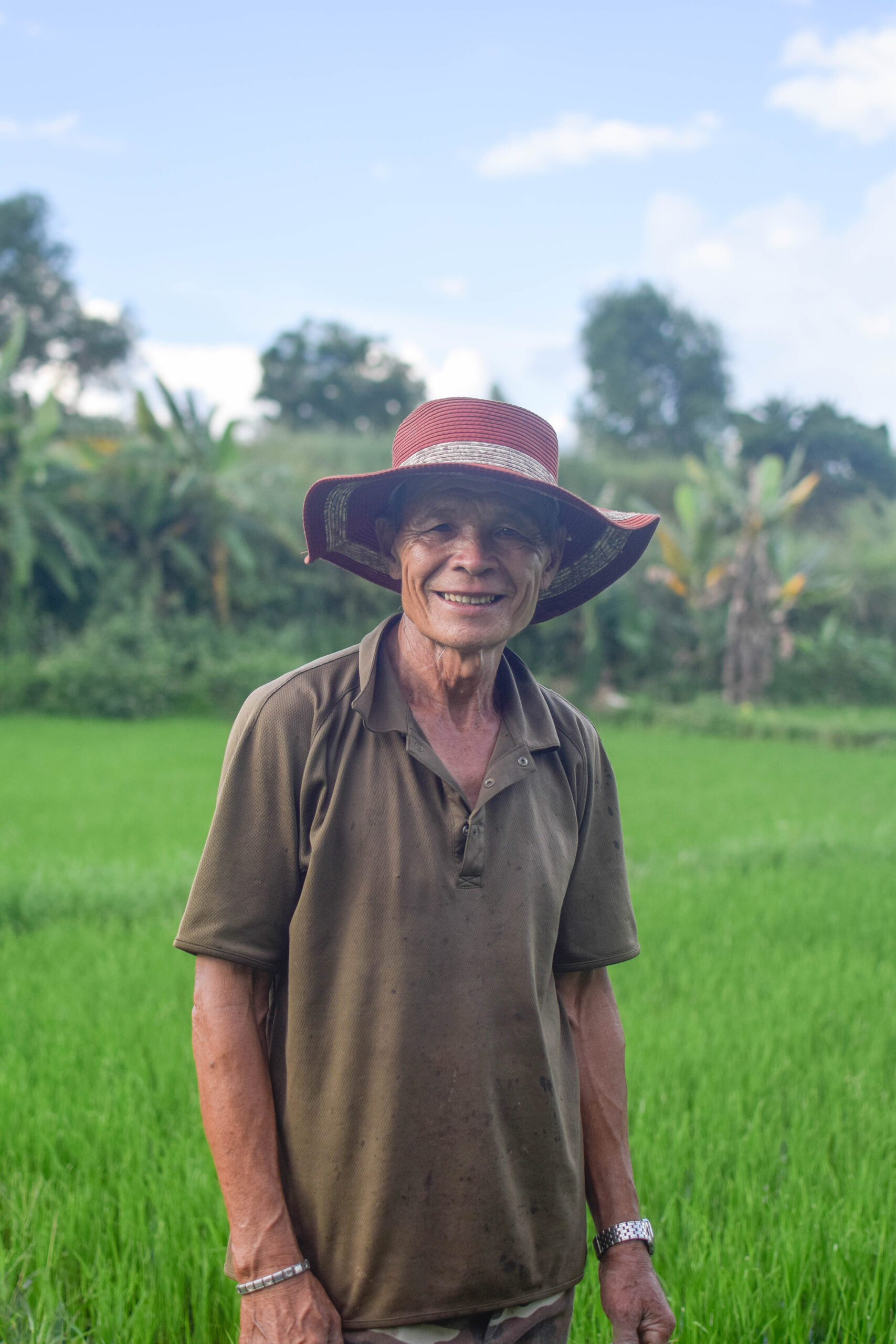
Mai Côi, 68
Rice farm worker, Kon Tum City, Vietnam
I have been growing rice for more than 30 years. In recent years, I have added rubber trees and cassava. Farming is my family’s tradition, so since my father passed away I have taken over his work.
There are typically two crops annually, one during winter-spring and the other in autumn-winter. The winter-spring crop yields more. I go to the rice field every day, doing several farming tasks. On harvest days, it is busier and might take the whole morning or afternoon. I like it best when all the seeds bloom evenly or when the hulk turns yellow. I often worry about the period about 10 days after sowing, when germination first begins, because then I can’t tell if it is growing healthily.
Usually, we don’t look at daily income but how much we earn each season. For example, I have 1,500 square meters of land for rice growing. After one crop, I can harvest about seven quintals, or 700 kilos, of rice, selling it for about 8,000 to 11,000 Vietnamese dong (VND, $0.33 to $0.45) per kilo, for a total of VND 5.6 million to 7.7 million ($228 to $313). The cost of labor, seeds and pesticides is about VND 3 million ($123). The income has not changed much over the years. Crops during years of pests and diseases only yield about three quintals, but it’s not every year, and it’s not a strong enough reason to quit farming.
My priority is to have food on the table for my family. Commercial concerns come after that.
Rice farming is like that. Although the income from rice is lower than rubber farming and animal husbandry, we cannot give it up. If I quit, there would not be enough rice to feed my children, and because of my old age, I do not want to change jobs. These paddy fields have become old friends of mine. And you will not starve as long as you have rice.
In this region, 80% of the households have paddy fields where they plant rice. The rest run other businesses. I am not sure how much longer I can hold on to farming, but as long as my health lets me, I will continue. I will not abandon the land. As for my children, the choice is theirs; the land is available for them if they want to continue farming. — as told to Alex Nguyen
India
POPULATION
1.4 billion
ANNUAL RICE PRODUCTION
126.2 million tons
ANNUAL RICE CONSUMPTION
70.1 kg per person

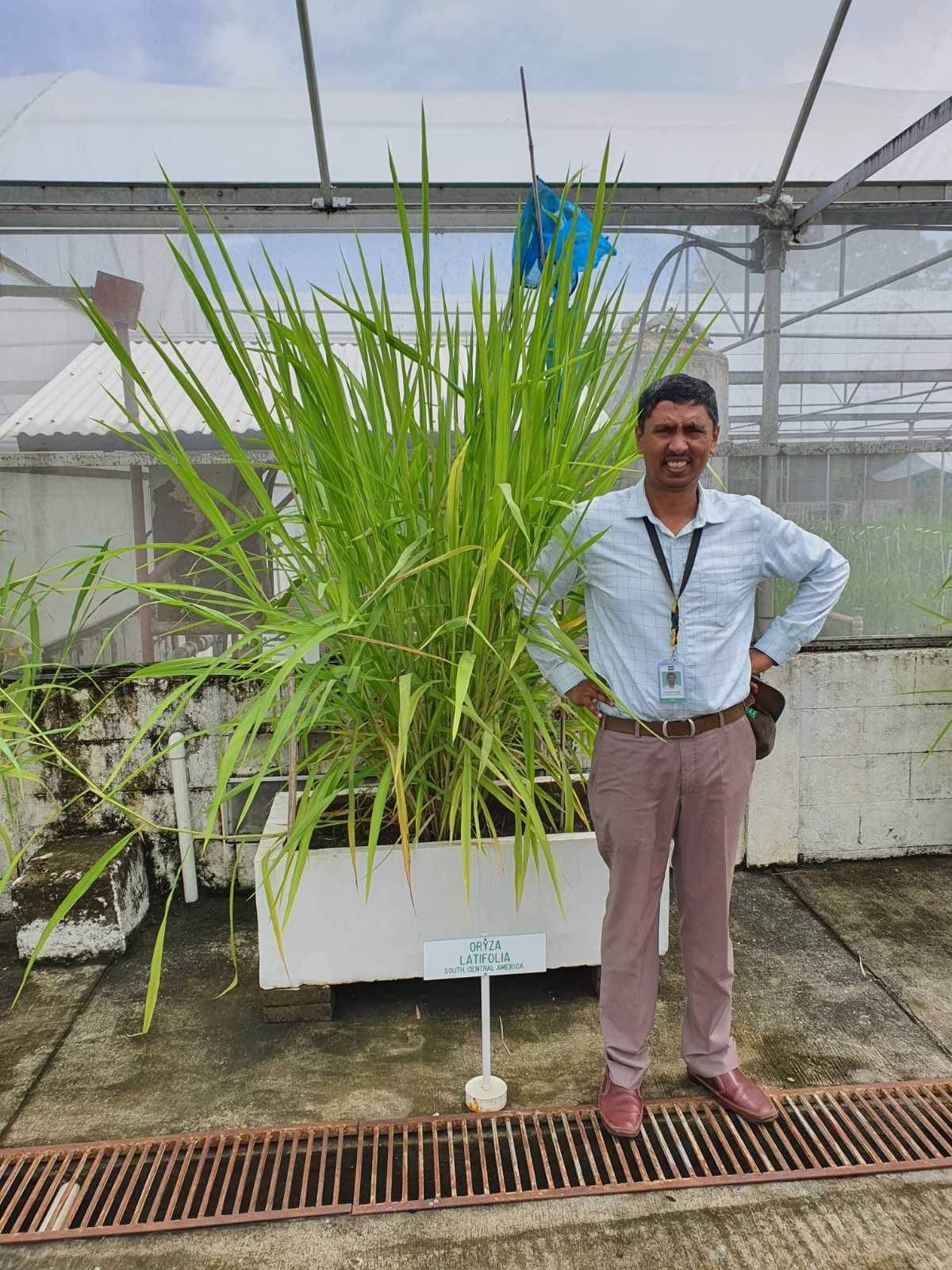
Dr. Venuprasad Ramaiah, 48
Seed researcher, India and the Philippines
There is a saying where I’m from in India: “Rice is in our umbilical cord.”
This is how closely we associate ourselves with rice — from older relatives who have been growing crops and grains for more than half a century, to my generation who does seed research across the world. It is our livelihood, our favorite dish, our passion. Rice is our life.
When I eventually came to work for the International Rice Research Institute (IRRI) in the Philippines in 2002, it was like a dream come true. What I like best about my job is the research, managing and mentoring.
A senior staffer typically earns $3,000 to $10,000 per month, and I am somewhere in the middle. There are probably those in the private sector who have my skills and experience and are earning more, but for me, it’s not just about the money. Imagine being able to do what you love, have fun doing it and getting paid afterwards.
I am also conscious of my role in the global supply chain. As the guardian of the rice gene bank, I study and discover new processes that could enhance yields and bring new products to the market, thereby benefiting farmers, consumers, and businesses.
We also have a major role in protecting the supply chain from the effects of global warming. Our research helps farmers use crops that can still be grown even with rising temperatures. IRRI has been doing this for a long time, and we will continue doing it for decades and centuries to come.
My favorite food is Biryani, a mixed rice dish made of spices, chopped vegetables, eggs and meat. When I came to the Philippines, I grew fond of their garlic rice paired with fried boneless bangus (milkfish). As someone who was born in India and gets to work in the Philippines, both of which are among the top rice producers in the world, rice is close to my heart. — as told to Yashika Torib
Pakistan
POPULATION
236 million
ANNUAL RICE PRODUCTION
8.8 million tons
ANNUAL RICE CONSUMPTION
15.3 kg per person
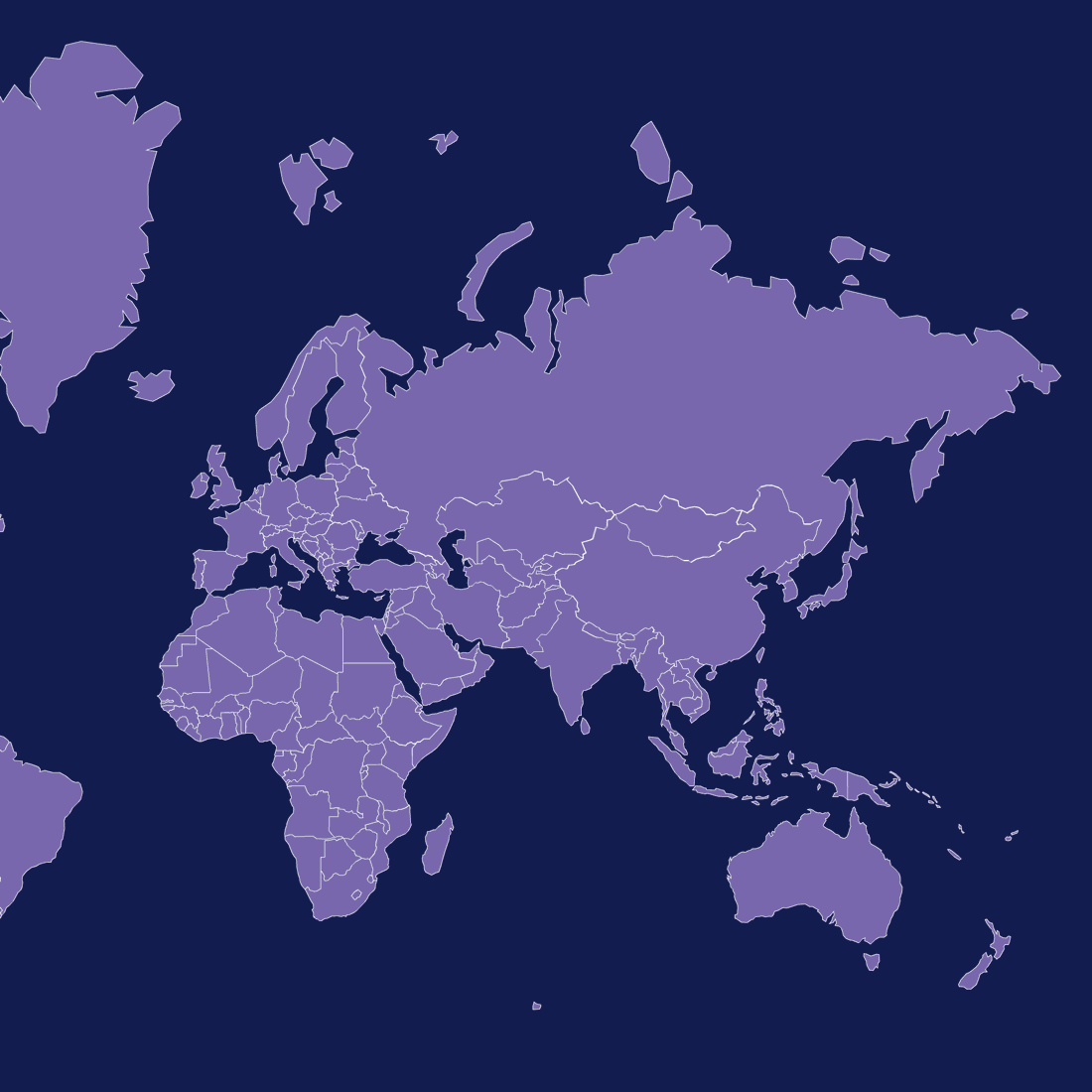

Sakhawat Ali, 34
Rice packer, Muridke, Pakistan
I started working in rice packaging in 2010-2011. I initially joined to support a friend who injured his leg and couldn’t pick up the heavy loads. Packing and loading rice is a laborious task, but I enjoy the physical activity despite the dirt and sweat.
I live with my wife, our three daughters and two sons, and with my parents, four brothers and their families. My youngest is 3 months old and the oldest is 11.5 years old.
Our home is four kilometers from the city and two kilometers from the private rice packaging mill, which means I walk four kilometers to and from work each day.
I get paid daily depending on the number of rice sacks we fill and load, each weighing around 40 kilograms. The process involves filling the sack for 5 Pakistani rupees (PKR, $0.017), stitching it for PKR 3, and loading it for PKR 5, totaling PKR 13 ($0.046) per sack. There are two filling methods — one from a machine and the other manually. The manual filling pays PKR 3 more per sack. October and November are our busiest months and allow us to earn a little more.
I earn around PKR 1,000 to 1,500 ($3.52 to $5.29) per day, depending on workload and demand. Of course, it is not enough. Due to rising inflation, it is nearly impossible for me to manage expenses with this income. Our wages decrease while the cost of living remains high. Even though I play a vital role in the rice industry, I cannot afford to eat good quality rice. We buy it sparingly, around 10 to 20 kilograms for the whole family.
I receive my pay weekly, whereas my brother, a welder, earns a fixed monthly salary of PKR 40,000 ($140). My friends in different professions earn PKR 10,000 to 15,000 more than me with fixed monthly salaries. I have been asked by my friends and family to seek greener pastures abroad, but I’m hesitant due to loans and fear of ridicule if I can’t return.
Pakistani rice is renowned globally for its quality. Varieties like Super, 1509, Kainat, Super fine, 386, etc. are exported worldwide, each with distinct cooking properties. After harvest, the crop is brought to the mill where it is dried, steamed and processed. The various rice types are sorted, ensuring only high-quality white rice reaches the market. Broken rice is often consumed by people like me who can’t afford better quality, while rice powder serves as feed or fertilizer. I hope our agriculture thrives and the rice industry is prosperous. Laborers like me take pride in delivering the best quality rice to people’s tables. — as told to Annam Lodhi
The Philippines
POPULATION
116 million
ANNUAL RICE PRODUCTION
12.9 million tons
ANNUAL RICE CONSUMPTION
122 kg per person
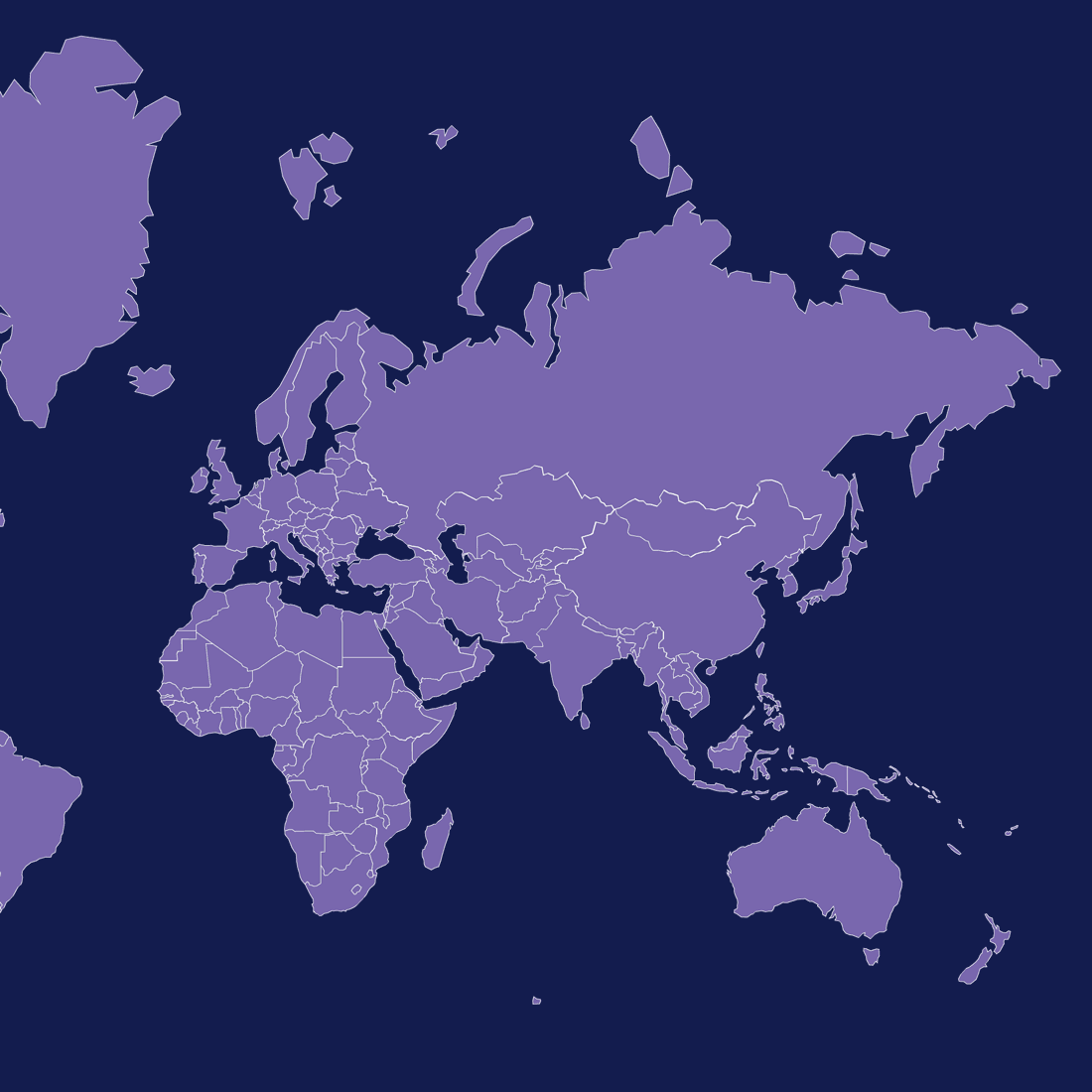

Capt. Cecilio E. Rahon Jr., 51
Ship captain, the Philippines
Rice is life! No Filipino meal is complete without rice, whether it be breakfast, lunch, snacks or dinner.
Usually, rice is steamed and served alongside a viand (meat) or two. But my favorite dish is arroz caldo, a congee with boiled egg and chicken. It is usually served onboard ships during stormy weather, a comfort food that reminds us Filipinos of home. It is also easier for our cook to prepare during heavy rolling at sea, as he cooks the rice and viands together, not separately.
Rice is also a part of my passion — seafaring. Our place in the global food chain is vital and important. We link the producers and consumers, even in times of crisis like wars, calamities or pandemics. Our role in the food chain highlights the importance of seafarers as essential workers, for which we hope to gain awareness and recognition from the general public.
Seafaring is a demanding, exhausting and lonely job, but it pays very well. At the most, a ship captain on a dry bulk vessel earns around $12,000 per six-month contract. That is way bigger than the average salary of a shore-based Filipino worker, which is about $273 per month.
Apart from the lucrative salary, what I enjoy most about my job is seeing the world for free and experiencing different cultures. I plan to serve four more years at sea and then shift to a maritime land-based job, probably teaching in a maritime training center while volunteering with The Mission to Seafarers in the Philippines. — as told to Yashika Torib
Colombia
POPULATION
52 million
ANNUAL RICE PRODUCTION
2 million tons
ANNUAL RICE CONSUMPTION
38.2 kg per person
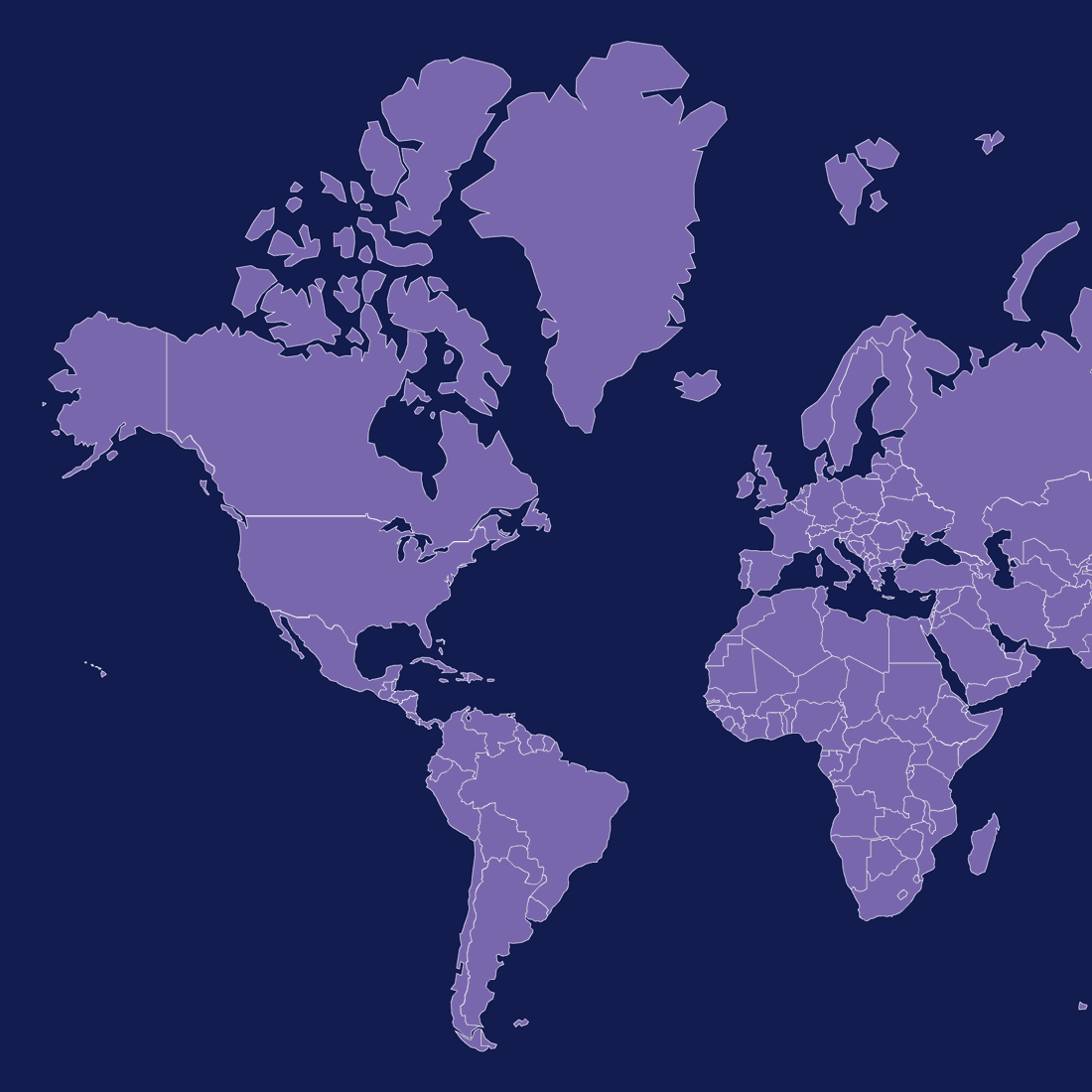
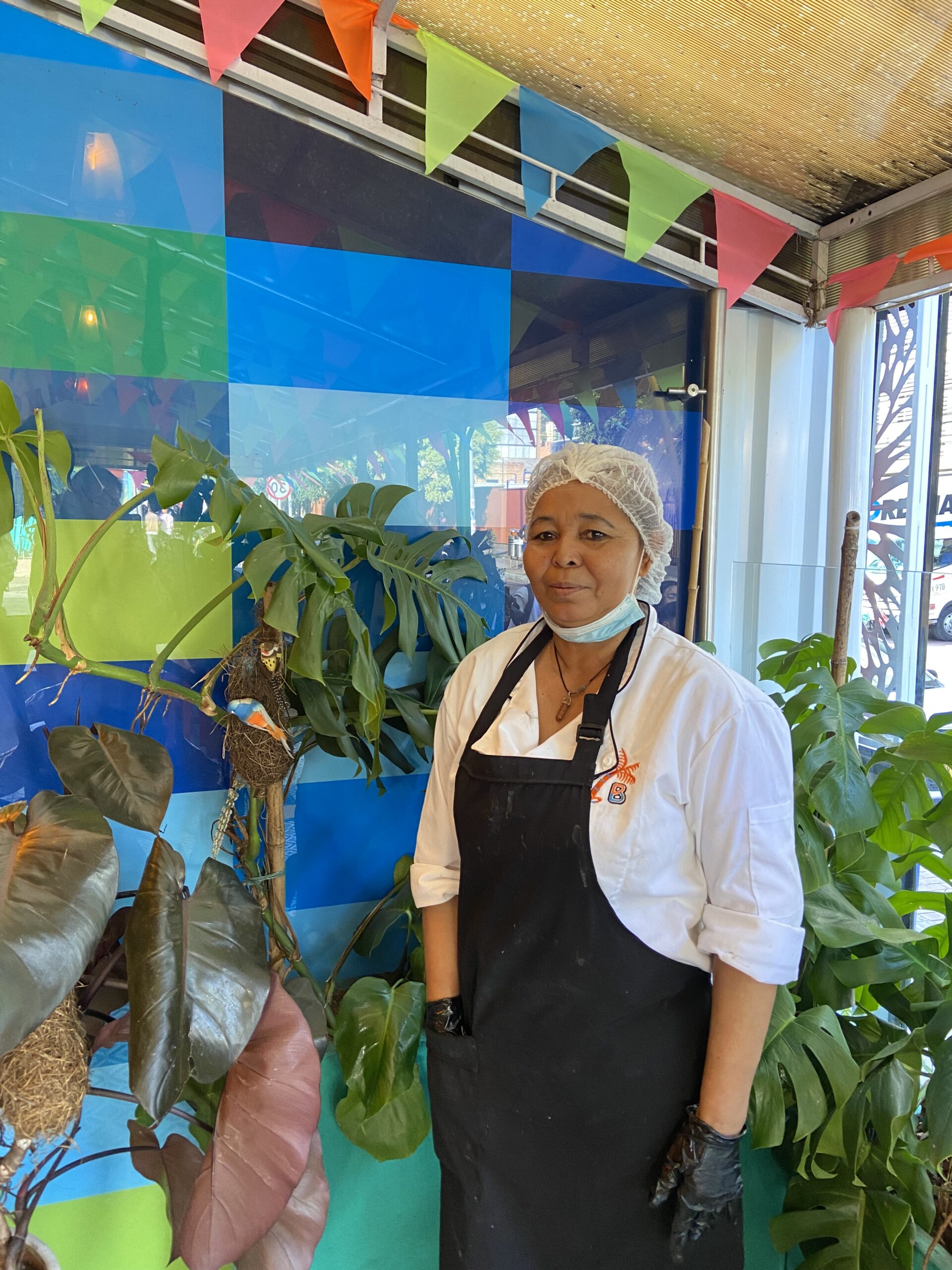
Ana Teresa Mendoza, 53
Cook, Bogotá, Colombia
I have been working as a cook at a local food restaurant for a year and a half. I’m in charge of making the different rice plates that are offered on the menu. Rice is a very versatile product.
Some of the dishes that I get to prepare include coconut, chicken and vegetables, chipichipi (small clams), pumpkin, and even noodle rice. My mom taught me how to cook when I was a little girl, so it’s something that I enjoy very much. When I’m in the kitchen, I feel at peace. It’s my meditation.
I was born in Valledupar and have been working since I was a teenager. Work has always been scarce here, and getting a regular, salaried job without a college degree is almost impossible. The pandemic was especially challenging. I used to own a small restaurant in La Guajira. It wasn’t an expensive place, but it helped pay the bills and made me happy. During Covid-19, I had to sell the business.
My sister lived in Bogotá and offered a spare room, so I took a flight and moved to the capital with my children. She has two kids of her own, so it’s very cramped, and there’s no privacy whatsoever. But we make it work. The rest of my family is still in Valledupar. Our goal is to be able to send them money each month, but the new tax reform along with the country’s economic slowdown hasn’t made it easy to set aside extra money.
I make $17 a day and work five or six days a week. My salary has increased since I arrived at the restaurant, but it’s still not enough to support my family back home. Some of my friends make even less money than me. They work in other industries, like my daughter. She works as a nurse. Even though it’s a tight budget, and saving money is hard, I’m grateful I at least have a job.
If things improved financially, I would head back to La Guajira with my family and reopen my restaurant. For now, work is so scarce in those areas of the country that it’s much more convenient for us to be in the capital. — as told to Luisa Maestre
United States of America
POPULATION
333 million
ANNUAL RICE PRODUCTION
6 million tons
ANNUAL RICE CONSUMPTION
13.8 kg per person
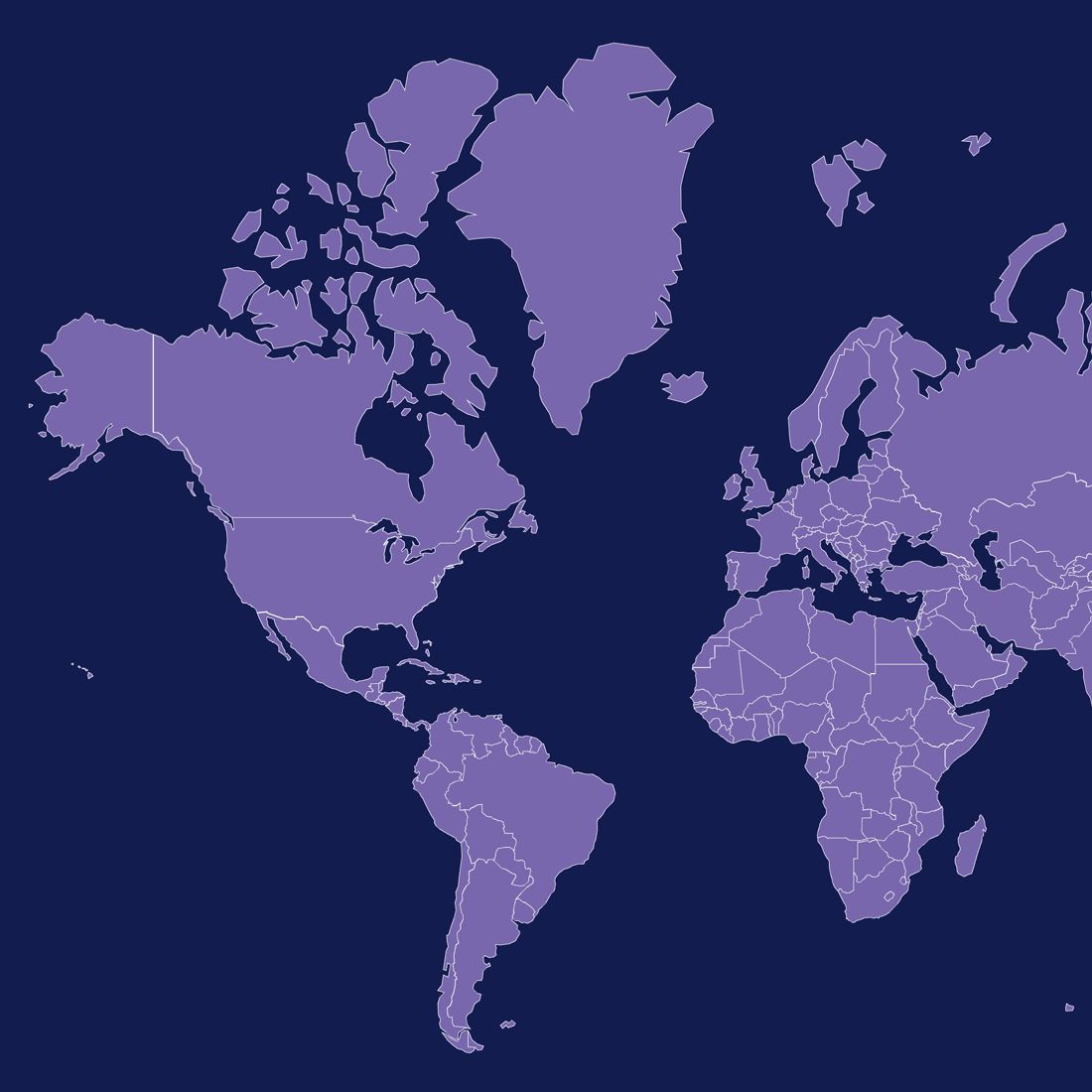
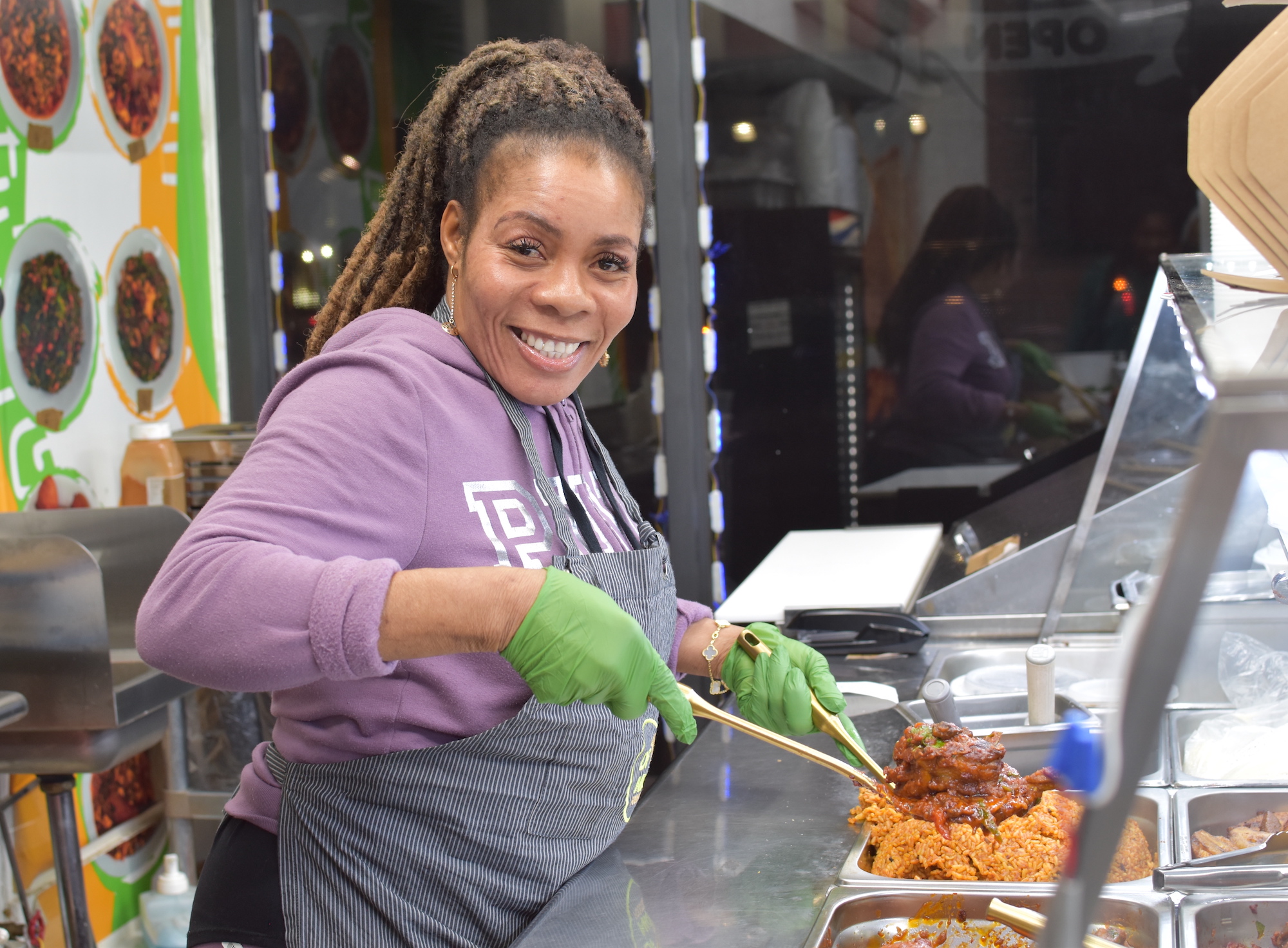
Bisola Oluwalogbon, 40
Chef and business owner, Brooklyn, New York
I am a chef and co-founder of a food catering business. My husband and I started the business from our apartment, selling homemade Nigerian food to locals in New York. In 2010, we opened our first storefront and main kitchen on Atlantic Avenue in Brooklyn. We also set up our first food truck right in front of the United Nations building in Manhattan where we could directly cater to a diverse community, but specifically the Nigerian community around the embassy.
Our country’s people love our food because the recipes are traditional and remind them of home. My husband and I developed the menu and a lot of it is inspired by my own mother’s cooking — a woman who is famous for her food back home. A lot of Nigerian dishes require rice to accompany stews. I always tell people that if you are new to Nigerian food, you should try Jollof rice, which is a flavored and spiced rice that will vary in taste depending on the region it comes from.
My favorite part of working in the food industry is being able to create custom orders because I simply love cooking. But at the same time, it is no easy task to find work-life balance as a small business owner. Sometimes I wake up at 5:30 a.m. to start my day, and some days I get home at midnight. When we first started the business, we had to work seven days a week. As we have grown our employee base, I have had the luxury to achieve more work-life balance, which is really important for me especially as a mother of three.
While most of our cooking is done in the main catering kitchen in Brooklyn, we expanded and opened another food truck in Philadelphia due to demand, and we have another cart in the pipeline. Now I mostly run the Philly location, and my husband runs the New York locations. The Philly food truck makes about $3,000 to $5,000 a day. We have felt and seen the growth in our business over time. We’re laser-focused on our operations and the quality of our food. We are confident in our quality and customers come back because we only offer fresh meals.
In respect to the global food supply chain, we get some core food products locally and some special ingredients from suppliers in West Africa. For example, our Egusi soup ingredients, or melon stew, comes directly from Nigeria.
For the foreseeable future, my husband and I plan on running the business. I am only 40, but we know we want to retire within the next few years. We will eventually pass on this business to our children and keep it operated generationally. — as told to Malak Saleh
Tanzania
POPULATION
65 million
ANNUAL RICE PRODUCTION
2.3 million tons (GAIN USDA)
ANNUAL RICE CONSUMPTION
38.5 kg per person
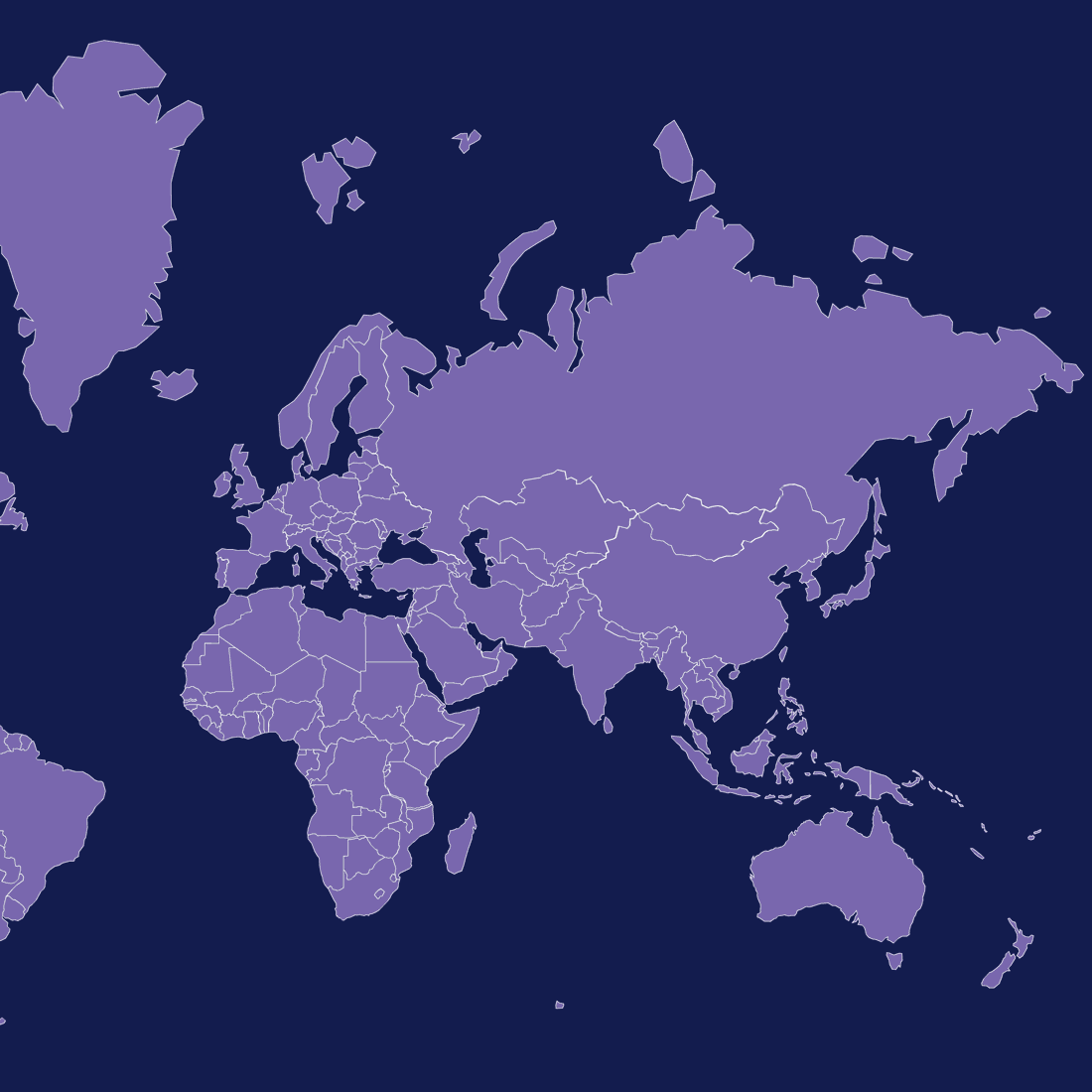
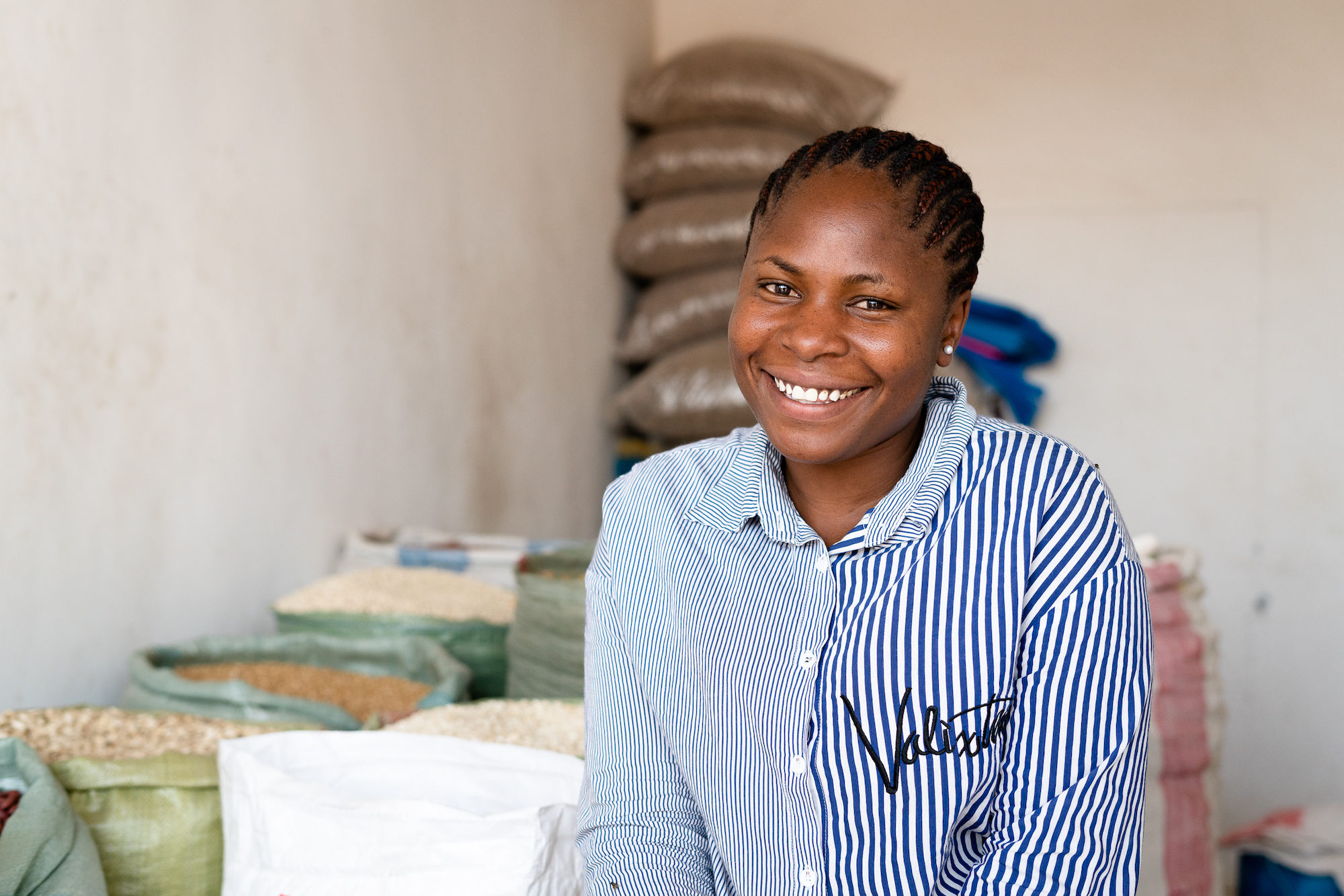
Anna Marco, 24
Rice dealer, Arusha, Tanzania
I have worked for four years selling grains, mostly rice. The rice business is very good here. We sell 20 kilograms of rice per day, or about 500 to 600 kilograms per month. Every day we earn 4,000 Tanzanian shillings (TSH, $1.60) just from rice, which is TSH 120,000 per month. Sales have increased a lot since I first started; we used to sell 50 kilograms every 10 to 14 days, and now it’s every few days.
My monthly salary is TSH 150,000 ($60). Sometimes I wish it would be increased a little to TSH 200,000, but I am content. This amount has allowed me to take many steps toward my dream of being self reliant. I can pay the rent and take care of my other important needs, such as food, clothing and medical needs.
I have friends who work with other businesses, and they earn more than me, but this does not bother me. I am confident that with proper planning and patience, one day I will have a big income like them or maybe even earn more than them.
The thing that I like about this business is that when customers are satisfied with your rice, they become good ambassadors and bring you more customers. Also, rice is a daily human need; it is currently one of the staple foods here in Tanzania. Thus, if you are in the rice business, you are bound to make sales every day in one way or another.
However, sometimes you sell rice to a customer, and the next day, he or she comes back and complains the rice didn’t smell or taste good. This hurts me a lot because, first, it was not my intention to sell bad rice. Second, we order rice from different suppliers depending on availability. So sometimes it becomes very difficult to be sure of the quality of the rice we get. You need to be wise and courageous enough to explain this to your customers so they don’t leave you.
My goal is to work here for the next three years, and later to open my own grain shop. And because the rice business is something that I happen to be so passionate about, I will give priority to rice while of course including other things such as gas cylinders, cooking oil and vegetables. — as told to Samuel Obae and Steve Martin
Spain
POPULATION
48 million
ANNUAL RICE PRODUCTION
ANNUAL RICE CONSUMPTION
3.7kg per capita
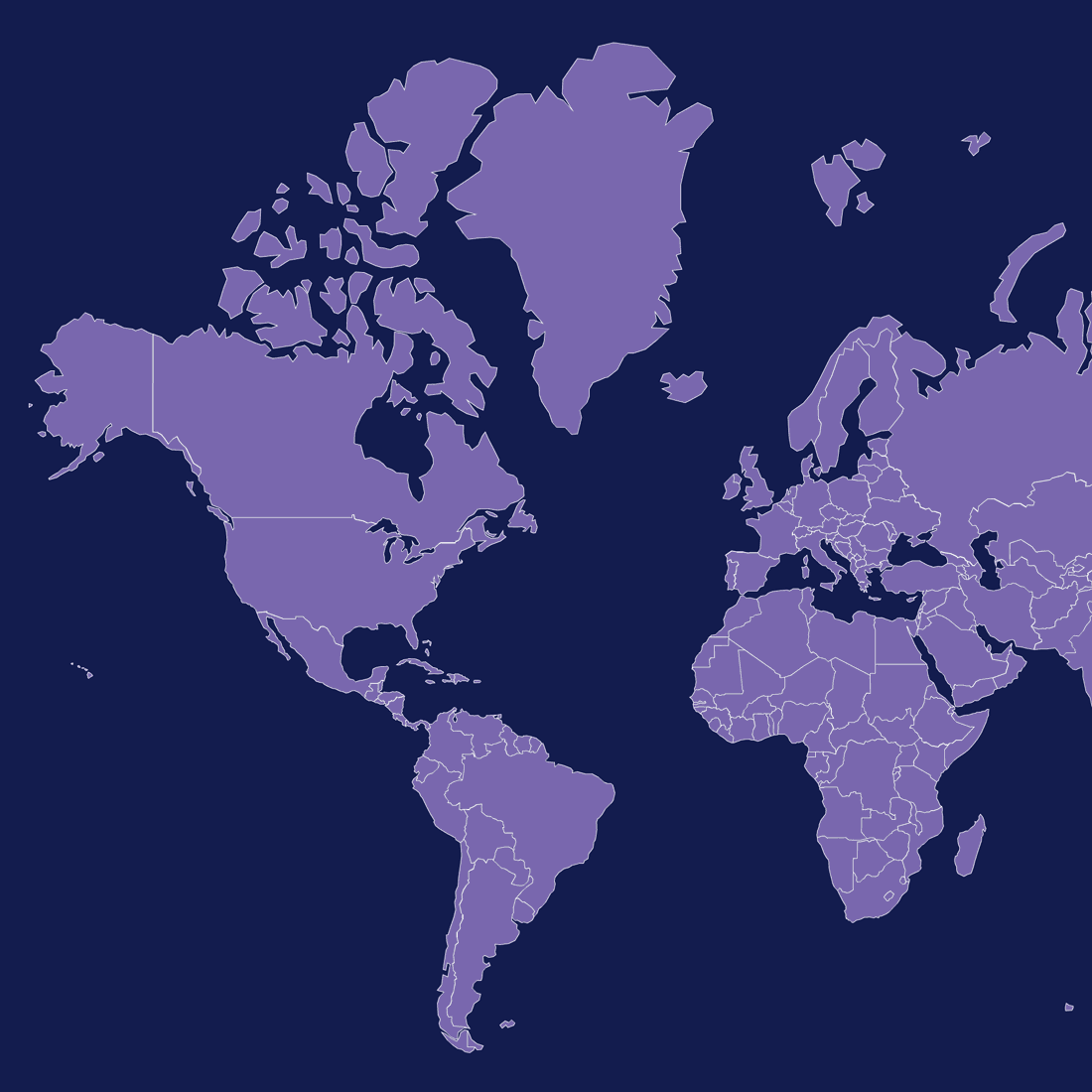
Read more
Sign up to keep up to date with ReThink Q.
